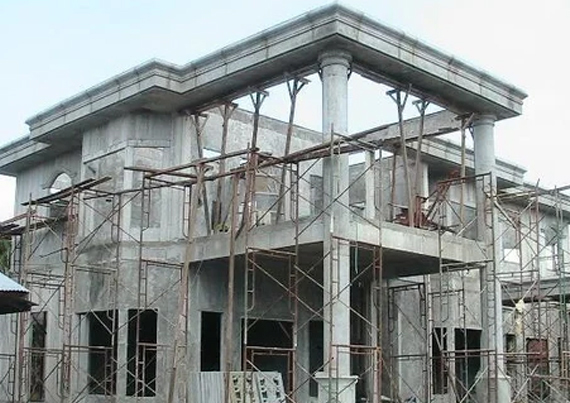It can be both exciting and
tedious to build a custom home. Building your dream home requires understanding
the process and overcoming difficulties. Depending on the region and the builder,
the home building process varies.
We've outlined a step-by-step
guide for your house construction, assuming you have all the required
documentation and land in a residential area.
You can get your house
designed by a professional
In order to design your house,
the most ideal way would be to hire a professional architect or a construction
company that can provide you with end-to-end services. A competent architect is
likely to understand the guidelines that have been laid down by the local authorities
for building construction. In order to comply with local regulations, they
design the building accordingly. There are a variety of factors such as
setbacks, FSI (Floor Space Index), etc.
Prepare a plan and submit it
to the local authorities (for approval by the government).
Once the plans have been created,
you will need to submit the plans to the local authorities for their approval.
Building permits are issued by the local authority depending on the location
you choose to build your building in.
For municipalities, you should
submit your proposal to the Town Planning Department, and for villages, you
need to submit your proposal to the Village Panchayat. In order to obtain
approval, you will have to pay a certain percentage of the area you are constructing.
All plans must be approved before construction can begin.
Prepare structural, plumbing,
and electrical drawings.
Get the said drawing prepared by
a structural consultant and a MEP (Mechanical, Electrical & Plumbing)
engineer. Individual homeowners rarely choose structural designs. In my opinion, there are two reasons why this
is a problem:
In construction, materials
are wasted when contractors overdesign structures. Material consumption will be
optimised based on your needs.
Users input designs, while
contractors follow thumb rules. A designer can offer you the best solution
according to your needs if you plan to expand.
Get Construction Quotes
After you have approved the
drawing, you must contact construction contractors to construct the building.
Make sure you get the right quote. Construction costs may vary due to the
variety of materials, brands & techniques available on the market.
Find a Funding Source for Your
Project
You can now start raising funds
for the project once you know the total cost. Savings or a loan from a
bank/friend could be your source. In spite of the fact that this sounds like a
naive step, lack of resources during the project stage may sometimes lead to
budgets being exceeded.
Contract Signed
You should issue a written
contract to your contractor and have it signed by both parties. Make sure this
contract covers all details to avoid future conflicts. I'll share the contract
link soon.
The contract rate usually
includes labour and materials. To avoid waste and theft, avoid rate contracts
and procure the materials yourself if you can monitor day-to-day operations
effectively.
There are usually lump sum
contracts or contracts based on built-up area. If you're not sure about
individual work quantities and rates, don't give a unit rate contract.
Provide Temporary Water and Electricity
Services as Soon as Possible
In order for a contractor to
mobilize his workforce, he needs temporary water and electricity as the two
most critical amenities to have at his disposal. This is usually the
responsibility of the plot owner to provide these amenities to the contractor.
As a result, owners should prepare for these situations in advance
The Contractor Will be Mobilized
to the Site as Soon as Possible
As soon as you have the detailed
drawings prepared and approved, you can mobilize your contractor to the site
for the start of construction.
Ensure that you have a detailed
understanding of the various materials and activities that are involved in
construction. In addition, ensure that you have quality checks to verify that
your house is constructed correctly. It's critical to understand.
Construct a Temporary
Source Store for Material Storage
The storage of cement in open
areas is not recommended. Materials must be stored temporarily to avoid
exposure to the atmosphere and damage. In the building itself, these materials
can be stored once the first-floor slab is constructed.
